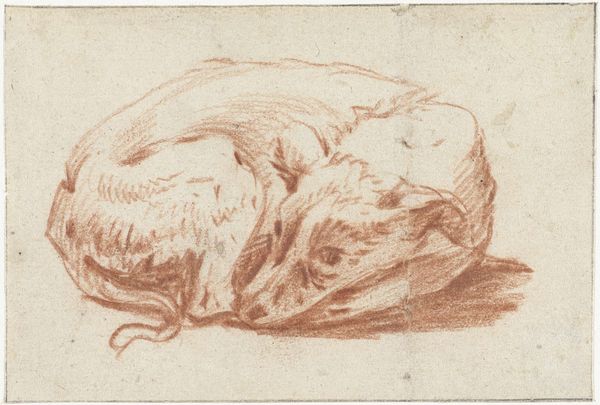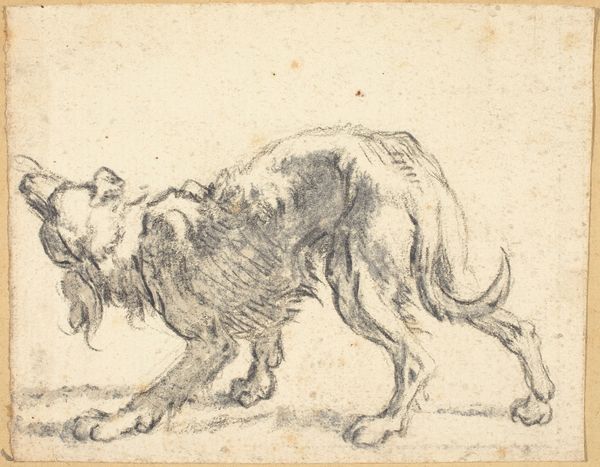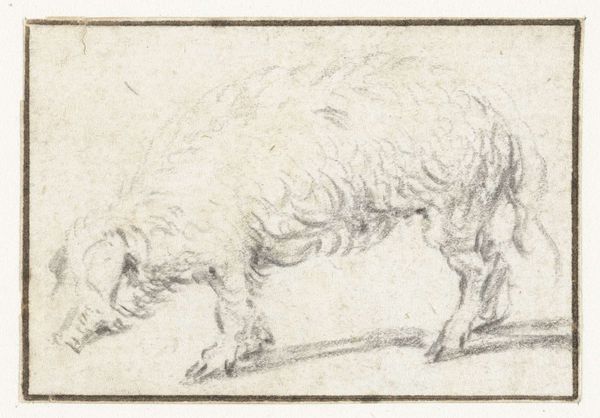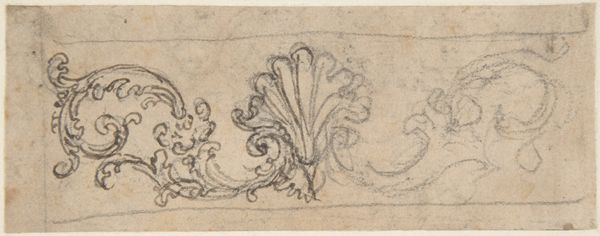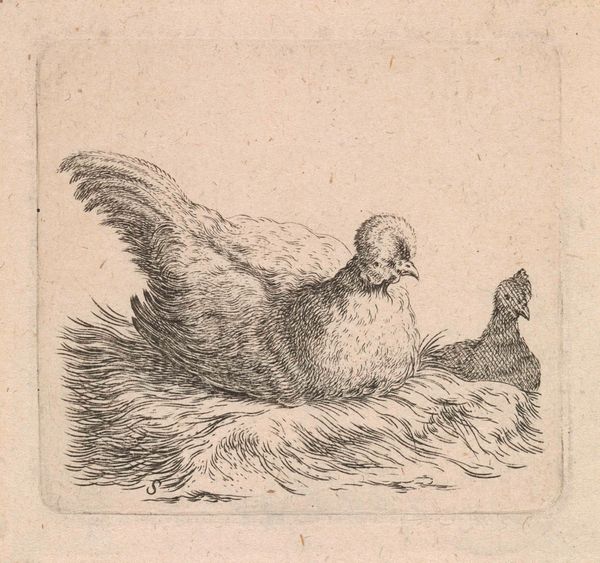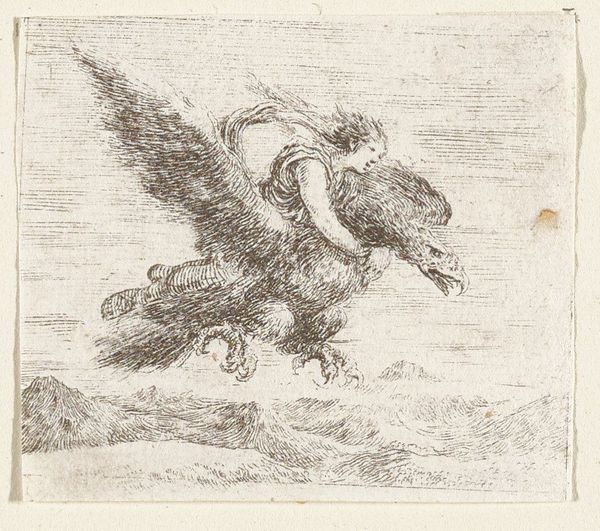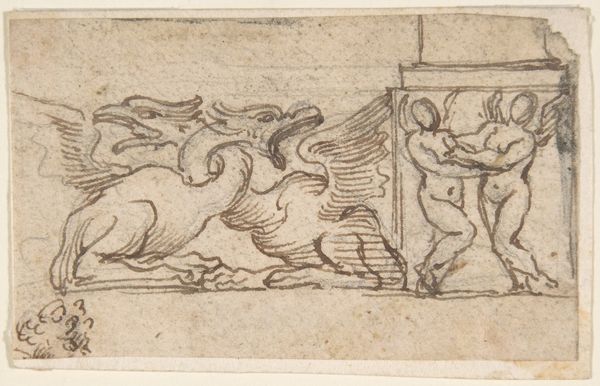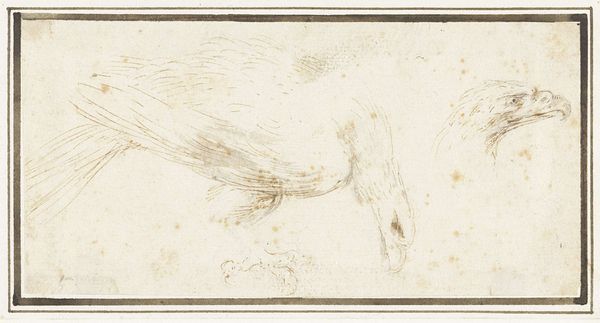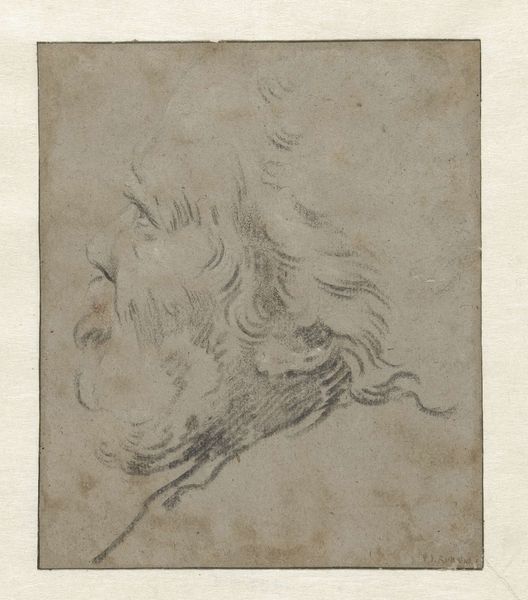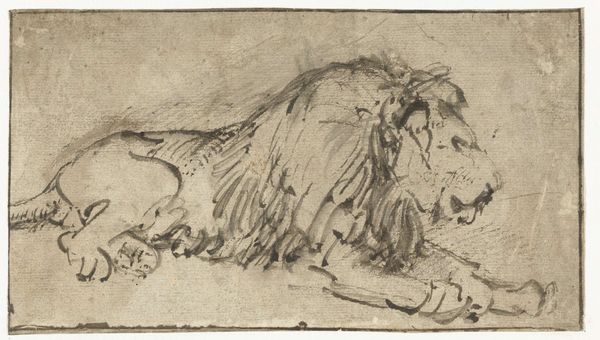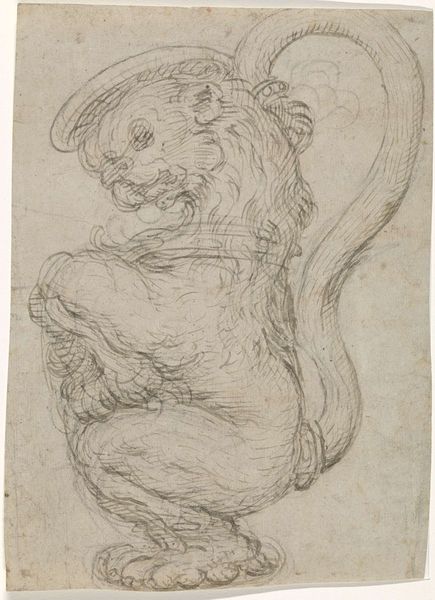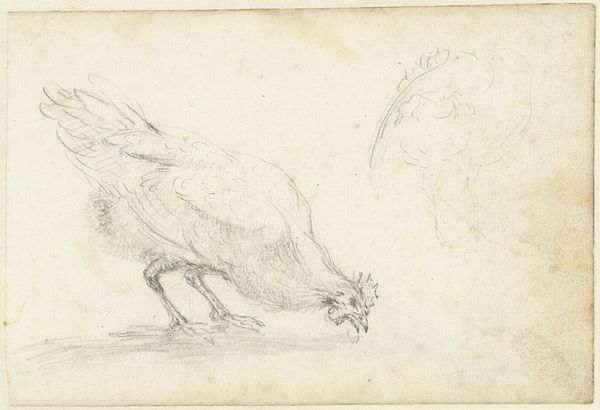
drawing, coloured-pencil, pencil
#
portrait
#
drawing
#
coloured-pencil
#
animal
#
dutch-golden-age
#
pencil sketch
#
figuration
#
coloured pencil
#
pencil
#
line
#
realism
Dimensions: height 57 mm, width 65 mm
Copyright: Rijks Museum: Open Domain
Editor: Here we have Paulus Potter’s "Head of a Boar", a drawing in pencil and colored pencil, likely made sometime between 1635 and 1654. It feels incredibly intimate, almost like a study rather than a finished piece. What strikes you most about this image? Curator: Immediately, the symbol of the boar stands out. In many cultures, it embodies courage, virility, even ferocity. Yet here, Potter captures a certain domesticated quality. Does this suggest a comment on man’s relationship with nature, a softening or control of wild instincts? Editor: Interesting. I hadn’t considered the boar’s symbolic weight. Curator: Think about the artistic trends of the Dutch Golden Age. How might this seemingly simple portrait of an animal also function as a reminder of wealth, prosperity, or even human vulnerability? Editor: I suppose boars were hunted, a sport for the wealthy. So, this drawing could also speak to power and status. Do the loose lines suggest a sort of freedom or wildness in opposition to the domesticating eye of the human gaze? Curator: Exactly. The rapid lines contrast with the heaviness of the boar, and can be read as something raw and authentic but somehow also trapped within the confines of this rectangle, doesn’t it? Consider too the colored pencil accents. Do they amplify life, or highlight a kind of inevitable fate? Editor: This makes me wonder how many contemporary viewers even recognized this symbolism when they saw it! The artwork almost holds layers of meaning. Thank you, it’s wonderful to think about everything an image can be at once. Curator: My pleasure! These early modern sketches help to remind us how loaded our seemingly innocent portraits are to viewers throughout time.
Comments
No comments
Be the first to comment and join the conversation on the ultimate creative platform.

